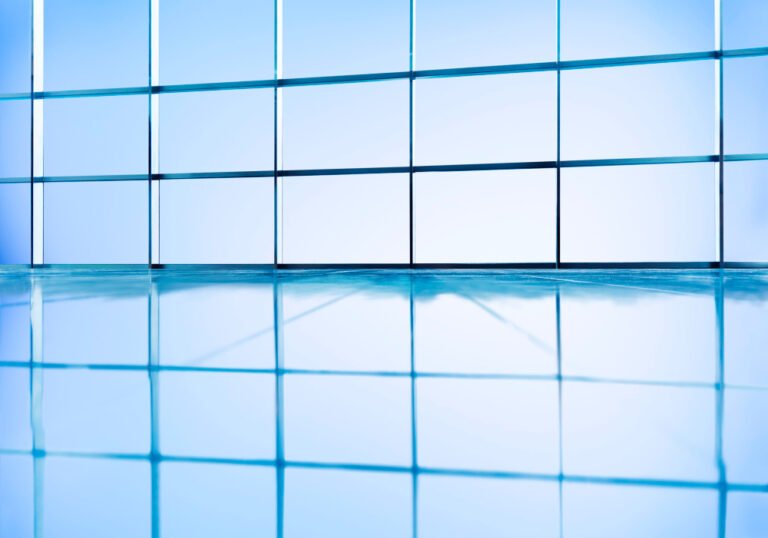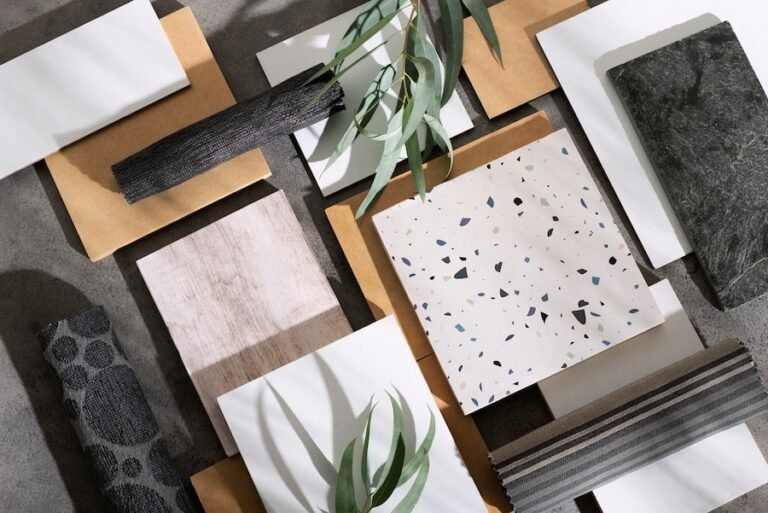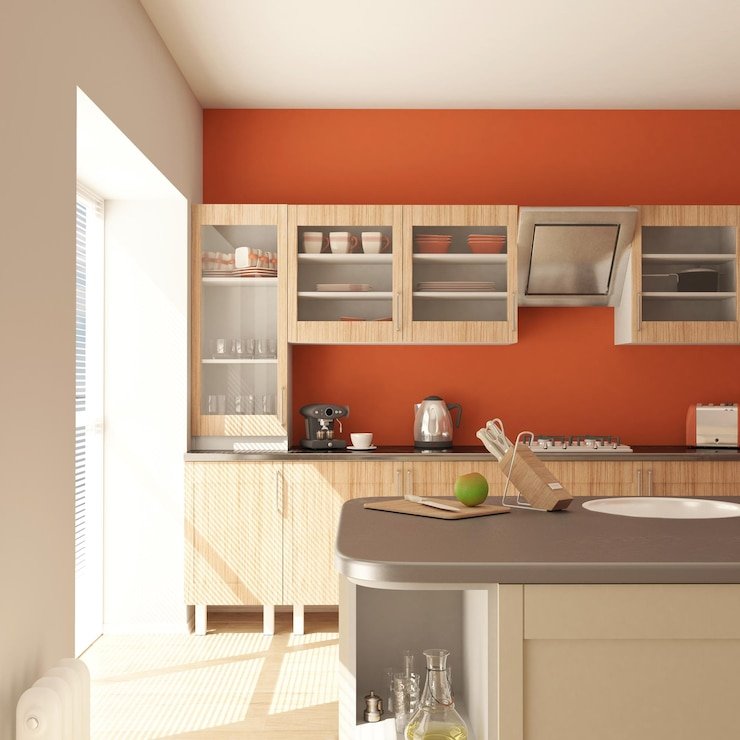The Allure of Glass Tiles: A Dazzling Fusion of Aesthetics and Functionality.
Glass tiles have emerged as a versatile and captivating element in interior design and architecture, adding a touch of brilliance to spaces with their reflective surfaces and vibrant hues. In this article, we will delve into the world of glass tiles, exploring their history, the myriad applications, and the unique combination of aesthetics and functionality that makes them a popular choice in contemporary design.
To Know More About It Please Click Here
History and Evolution
The history of glass tiles dates back centuries, with their origins rooted in ancient Egypt and Mesopotamia. Early glass tiles were often used in mosaic art, adorning palaces and religious structures. Over time, the craft of making glass tiles evolved, and they became more accessible to a broader audience. In the modern era, advancements in manufacturing techniques have expanded the possibilities of glass tile design, offering an array of styles and finishes.
Aesthetic Appeal
One of the defining features of glass tiles is their aesthetic versatility. These tiles come in an extensive range of colors, sizes, and shapes, allowing for endless design possibilities. The transparent or translucent nature of glass imparts a luminous quality, creating a sense of depth and openness in spaces. Whether used as a kitchen backsplash, bathroom accent, or as a focal point on a feature wall, glass tiles can effortlessly elevate the visual appeal of any area.
Reflectivity and Illusion of Space
The reflective properties of glass tiles contribute to the illusion of a larger, brighter space. In smaller rooms or areas with limited natural light, incorporating glass tiles can create a sense of openness and airiness. Their ability to reflect light can enhance the overall ambiance of a room, making it feel more inviting and expansive.
Versatility in Applications
Glass tiles find applications in a variety of settings, making them a versatile choice for designers and homeowners alike. Common uses include kitchen backsplashes, bathroom walls, shower surrounds, and pool areas. The durability of glass tiles, especially those designed for high-traffic areas, makes them suitable for both residential and commercial spaces. Additionally, glass tiles are often used as decorative accents, adding a touch of luxury to floors, countertops, and even outdoor spaces.
Practical Benefits
Beyond their aesthetic allure, glass tiles offer practical benefits that contribute to their popularity. They are resistant to water, stains, and mildew, making them an excellent choice for areas with high moisture levels, such as bathrooms and kitchens. The smooth, non-porous surface of glass tiles makes them easy to clean and maintain, ensuring long-lasting beauty with minimal effort.
Environmental Considerations
The eco-friendly appeal of glass tiles adds another layer of attractiveness. Many glass tiles are made from recycled materials, contributing to sustainable design practices. The production process also tends to be energy-efficient, aligning with the growing demand for environmentally conscious building materials.
To Know More About It Please Click Here
Conclusion
Glass tiles have transcended their historical roots to become a symbol of contemporary design, seamlessly blending aesthetic appeal with practical functionality. From their historical origins to their modern applications, glass tiles continue to captivate designers and homeowners alike. As the demand for innovative and sustainable design solutions grows, glass tiles stand poised to maintain their status as a timeless and luminous addition to the world of interior design.








